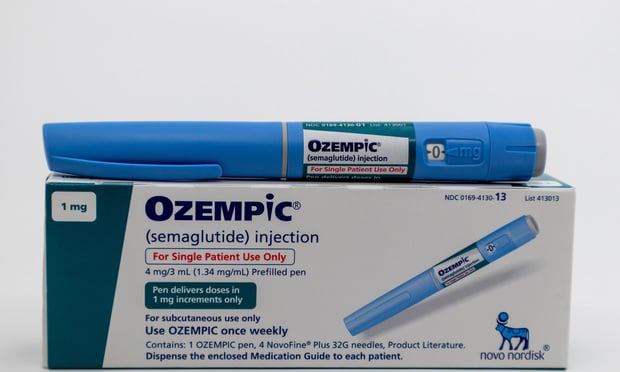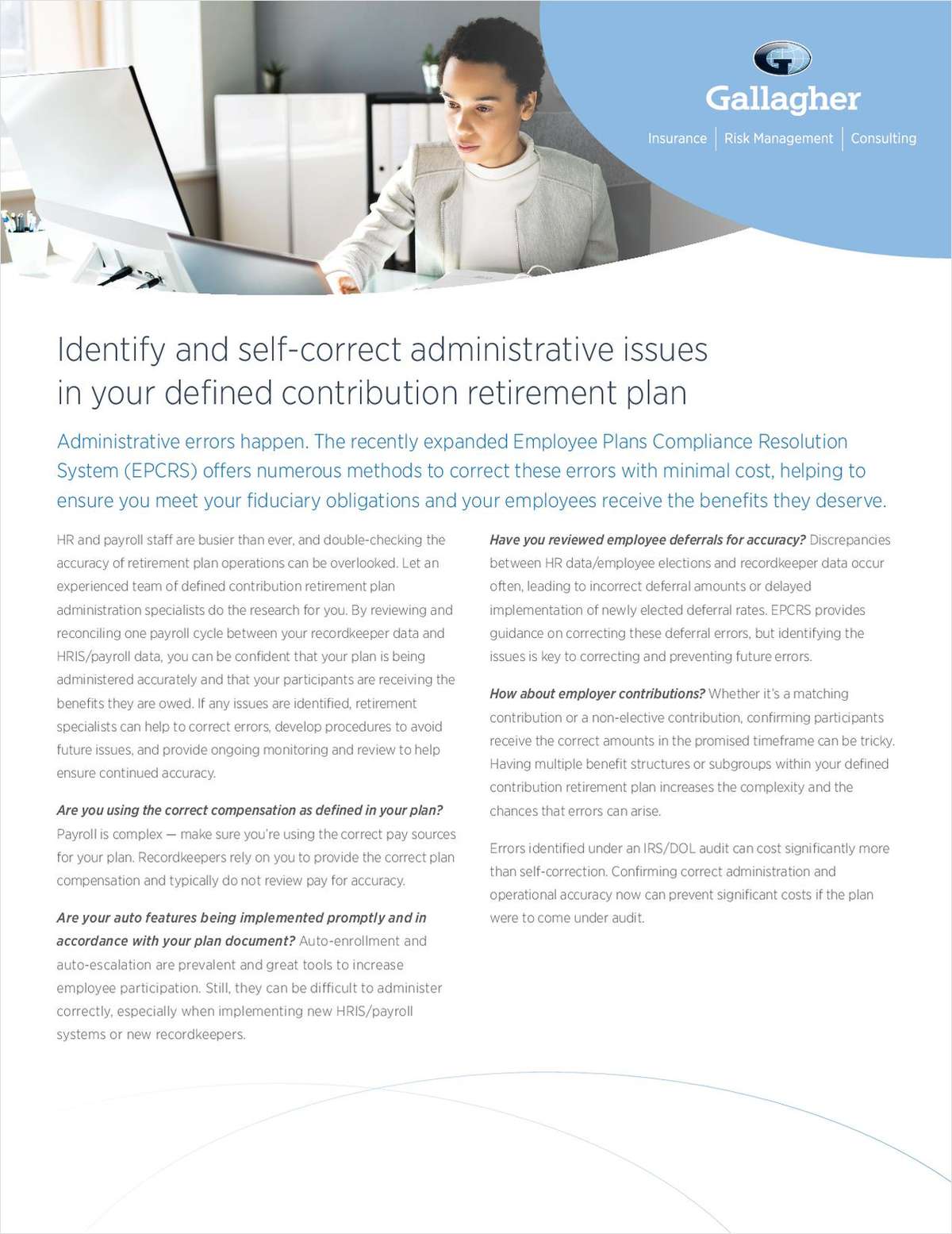Say what you want about George W. Bush and his often-debated legacy, but the 43rd president has made a significant impact on the benefits industry.
 Among his policies, President Bush made two landmark changes affecting the way millions of Americans view and pay for their health care.
Among his policies, President Bush made two landmark changes affecting the way millions of Americans view and pay for their health care.
On Dec. 8, 2003, Bush signed the “Medicare Prescription Drug, Improvement, and Modernization Act,” which produced the largest overhaul of Medicare in the public health program's history since its 1965 founding.
Perhaps most importantly, it ushered in Medicare Part D, aka the Medicare prescription drug benefit, federal program to subsidize the costs of prescription drugs for Medicare beneficiaries in the United States.
Danielle Kunkle, a Medicare advisor at Boomer Benefits inFort Worth,Texas, calls Bush's legislation “life changing.”
“You can say what you want to about the doughnut hole and how people find it confusing, but the reality is that the advent of Part D has saved our seniors tens of millions of dollars in drug costs,” Kunkle says.
While Bush characterized the measure as “the greatest advance in health care coverage forAmerica's seniors since the founding of Medicare,” critics have argued the plan is costly to the government and confusing to seniors.
Kunkle is among supporters of the law, and says it has helped her clients and brought a stop to unstable prescription drug prices.
“Can you imagine paying full retail price for all of your medications if you have a serious illness like COPD or congestive heart failure? There was documented spending in excess of $15,000 annually just for prescriptions,” Kunkle says. “People who were having to literally choose between food and medicine now have copays, discounts and best of all, a catastrophic coverage threshold after which they only pay 5 percent or less for their meds for the rest of the year.”
Also established as a part of the law were health savings accounts, which have become a favorite among industry experts and consumers alike.
HSAs and the qualified high-deductible health plans attached to them are now being used by more than 15 million households, offering individuals and families the chance to build a long-term health care asset for future expenses.
These individual health accounts are a central element in consumer-driven health plans, and give individuals more control over funds allocated for health care services.
HSA participation continues to grow at a record pace.
“This was an important, watershed moment for the consumer and their financial relationship with the health care system,” says Bart Halling, vice president of Customer Solutions for UMR, the third-party administrator unit of UnitedHealthcare.
Complete your profile to continue reading and get FREE access to BenefitsPRO, part of your ALM digital membership.
Your access to unlimited BenefitsPRO content isn’t changing.
Once you are an ALM digital member, you’ll receive:
- Breaking benefits news and analysis, on-site and via our newsletters and custom alerts
- Educational webcasts, white papers, and ebooks from industry thought leaders
- Critical converage of the property casualty insurance and financial advisory markets on our other ALM sites, PropertyCasualty360 and ThinkAdvisor
Already have an account? Sign In Now
© 2025 ALM Global, LLC, All Rights Reserved. Request academic re-use from www.copyright.com. All other uses, submit a request to [email protected]. For more information visit Asset & Logo Licensing.








